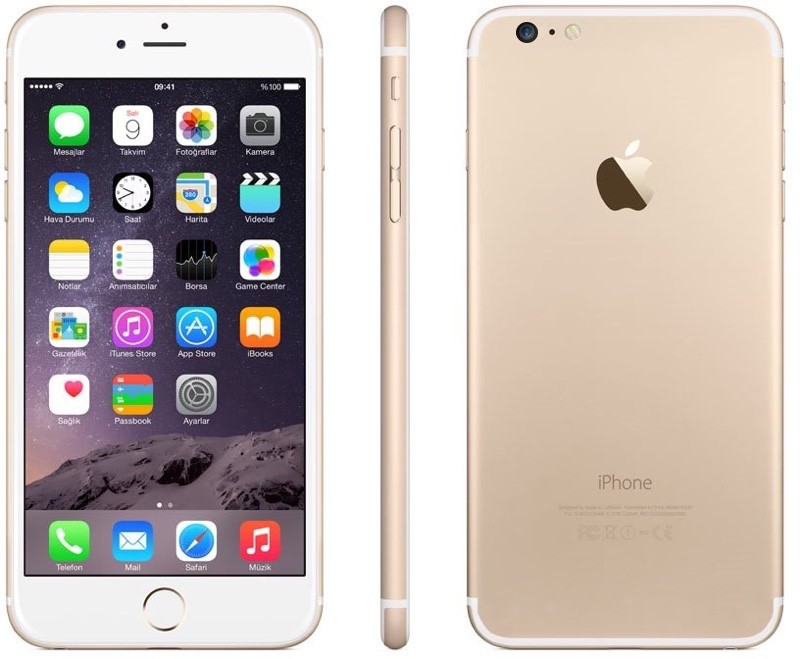iPhone 7 May Use New Packaging Technology for Antenna Switching Module to Save SpaceRumors have suggested the
iPhone 7 will be thinner and lighter than the
iPhone 6s, and a new report from Korean site
ETNews shares some technical details on the methods Apple may use to save space internally and shave off precious fractions of a millimeter from the device's size.
Apple is said to be planning to use a new fan-out packaging technology for the antenna switching module and radio frequency chip in the iPhone 7, which is a feature that allows the iPhone to switch between LTE and other antennas like GSM and CDMA. Fan-out packaging technology allows for a greater number of I/O terminals while cutting down on chip size.
<img src="

" alt="iphone7mockupantennabands" width="800" height="659" class="aligncenter size-large wp-image-486701" /><center>
A mockup of what the iPhone 7 might look like</center>
Fan Out technology is a technology that increases number of I/O (Input/Output) terminals within a package by pulling out wiring of I/O terminals to outside from a semiconductor chip (Die), which is a previous step before packaging. As area of a chip had become narrower as manufacturing processes had become finer, it was difficult to increase number of I/O terminals. Because industries do not want to increase size of a chip just for I/O terminals, they have been paying attention to Fan Out Packaging technology recently. It is most cost effective from production cost perspective if number of I/O terminals increases within a package while still decreasing size of a chip.
Using this packaging method, along with
single-chip EMI shields, Apple will be able to fit more components into a single package while minimizing signal loss and also cutting down on the potential for interference in wireless communication. The radio frequency chip built into the antenna switching module is said to include two chips in one package rather than two chips built into a printed circuit board to save space.
Apple's iPhone 7 is expected to launch in the fall of 2016. Rumors about the device suggest it will look similar to the
iPhone 6s, but with redesigned antenna bands and a somewhat thinner chassis. Along with the chip packaging techniques shared today, Apple is rumored to be cutting down on the size of the device through the removal of the
headphone jack and the
slimming of the Lightning port.
<div class="linkback">Related Roundup:
iPhone 7 Tag:
etnews.com </div>
Discuss this article in our forums
<div class="feedflare">
<img src="[url]http://feeds.feedburner.com/~ff/MacRumors-Front?d=yIl2AUoC8zA" border="0"></img>[/url]
<img src="[url]http://feeds.feedburner.com/~ff/MacRumors-Front?d=6W8y8wAjSf4" border="0"></img>[/url]
<img src="[url]http://feeds.feedburner.com/~ff/MacRumors-Front?d=qj6IDK7rITs" border="0"></img>[/url]
</div><img src="
http://feeds.feedburner.com/~r/MacRumors-Front/~4/R0krUZr_wmY" height="1" width="1" alt=""/>
Source:
iPhone 7 May Use New Packaging Technology for Antenna Switching Module to Save Space